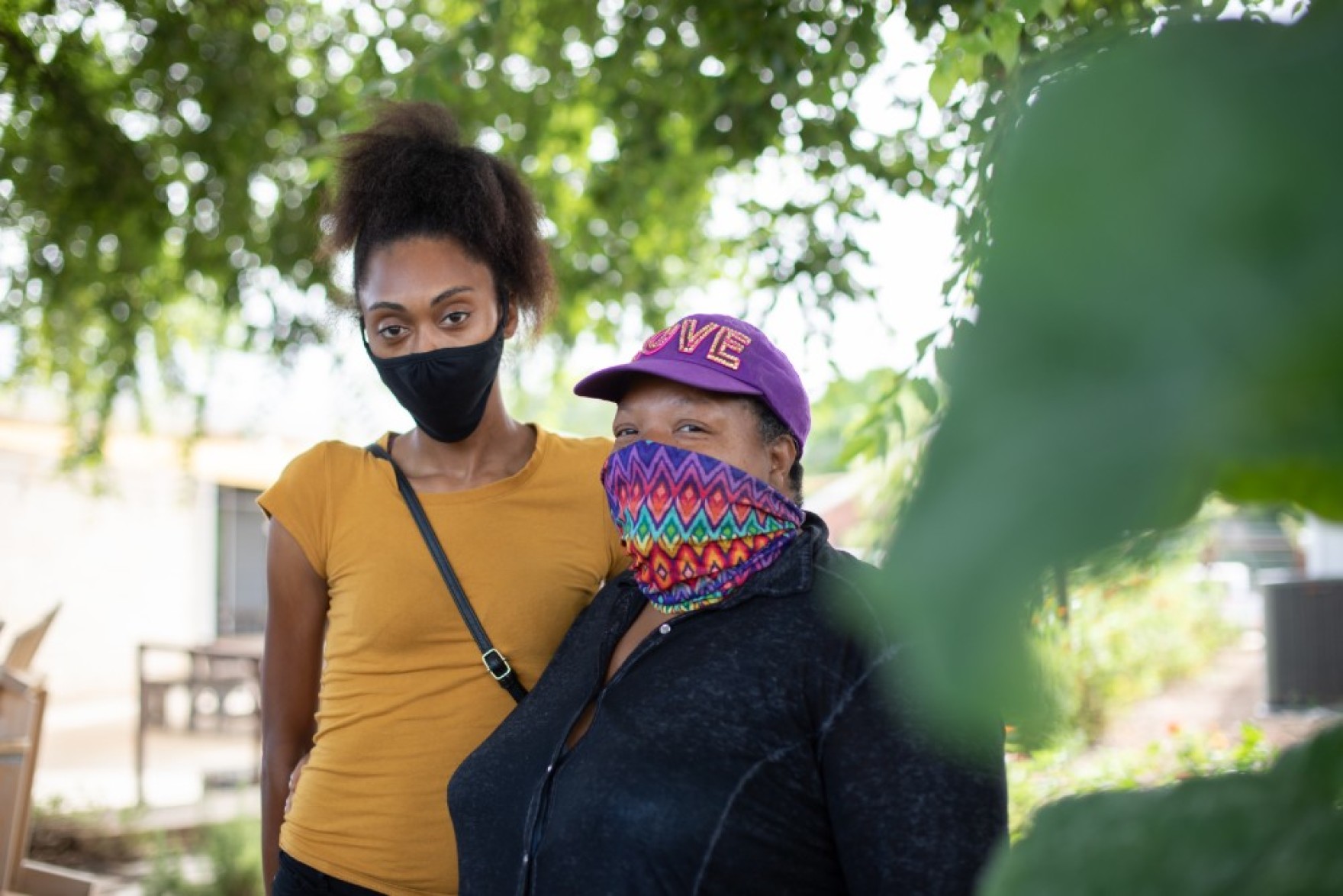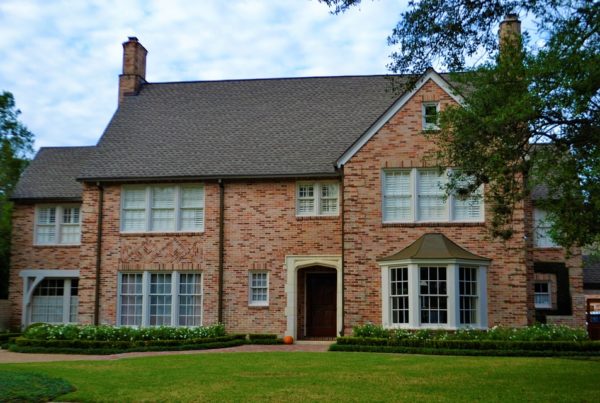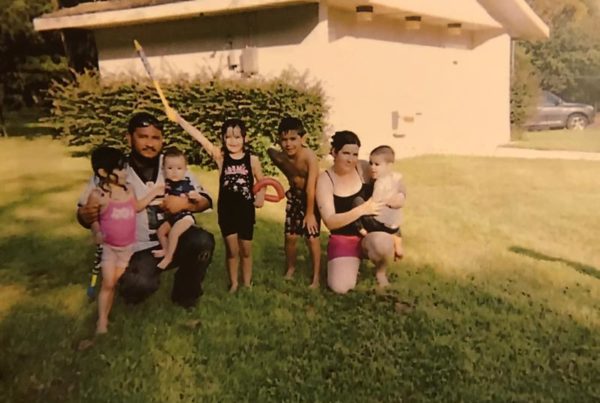From KERA:
LeNona Shields sits among the plants on the back patio behind Bonton Farms in south Dallas. This green retreat is located in one of the more notoriously neglected zip codes in Dallas. In the 75215 zip code, the poverty rate is high, grocery stores are few, and technology ‘is so spotty it’s been called an internet desert.
When COVID-19 forced schools online last March, Shields said she and her three children felt it.
“It was devastating,” Shields said. That’s because she has no internet at home, and said neither do a lot of her neighbors. Many of them don’t have computers either.
“And the people that didn’t have internet,” Shields continued, “didn’t have laptops and they couldn’t get their children’s work turned in. I didn’t actually receive my daughter’s hot spot until the last day of school. For the parents that did not have hot spot on their phone, internet, don’t have phones, they were without.”
“She got a hot spot the last day of school. I got a hot spot the last week of school,” chimed in friend Lakashia Wallace.
In response to COVID-19, some internet providers like Sprint and T-Mobile offered free or low-cost Wi-Fi service for households like theirs. But neither of them heard about the offers. Wallace wished she had.
“My son is in a collegiate program,” said Wallace. “He’s doing dual credit, he’s getting college credit, so he missed out on a lot.”
Wallace said she had to go to Skyline High School three different times for a laptop he should’ve had months before. She said a working computer didn’t arrive until the pandemic did. That sounds painfully familiar to LeNona Shields.
“My son Adairion Shields is at the James Madison Collegiate program, he supposedly already had a laptop. At the beginning of school we signed a contract. Didn’t receive it until the pandemic,” Shields says.
Dallas ISD knew about some of these problems. Jack Kelanic, the district’s Chief Technology Officer says laptops for Collegiate Academy students didn’t work because the computers were incompatible with the Dallas college system. It took months to fix. With the March pandemic, Kelanic said the district got hot spots and computers as fast as it could. But that’s when the whole world wanted them too.
“We worked with suppliers that had supply to give,” Kelanic says. “And in this case AT&T worked quickly to get that technology deployed to the district. It was too slow and I do wish we would have been faster. I still wish we could move faster with respect to deploying our hot spots.”
The district has since rolled out thousands more computers and hot spots at a cost exceeding $20 million. For Shields, that’s too little, too late.
“This is how we’re being treated?” asked Shields. “We’re going to have to homeschool our kids again. A lot of parents are not equipped. They have kids, they’re doing the best they can. It’s hard.”
Shields has now given up on the district and said she will teach her kids at home this year. That means withdrawing them from Dallas ISD. She wants the district to feel the loss of education money that follows each student.
“I would rather do home school with my kids if I have to do something outside of the district,” said Shields. “They won’t be getting that money from my kids this year unless they do something better and I don’t see that coming right now. Until then my kids are not coming back into the district.”
Shields knows she has to find adequate online course work for her kids who are in three different age groups, and she’s ready for the challenge. She also says her apartment complex has computers onsite that can become a virtual classroom.














